23 August 2024
Looking to keep your car running smoothly? The top 10 in-demand car parts are here to save the day. From spark plugs to brake pads, these essential components ensure your vehicle performs at its peak. Whether you're a DIY enthusiast or rely on a mechanic, having these parts on hand can prevent breakdowns and costly repairs. Don't wait for a breakdown; be proactive and upgrade your ride with these must-have car parts.
Stay ahead of the curve and avoid being stranded on the side of the road by investing in these top 10 car parts. With quality components that offer durability and performance, you can drive with confidence knowing your vehicle is well-equipped. Upgrade your car today and experience the difference firsthand.
Key Takeaways
-
Regularly check and maintain your brakes to ensure optimal performance and safety.
-
Keep an eye on your car's battery health and replace it when necessary to prevent unexpected breakdowns.
-
Monitor tire tread depth and pressure for better traction, handling, and fuel efficiency.
-
Change oil filters at recommended intervals to protect your engine from contaminants and maintain its longevity.
-
Replace spark plugs as needed to improve fuel efficiency, engine performance, and smooth idling.
-
Ensure wiper blades are in good condition for clear visibility during rainy or snowy conditions.
Brakes
Brake Pads

Brake pads play a crucial role in ensuring safety by providing the necessary grip and steering control for vehicles. These components are essential for maintaining proper traction on the road. Different materials are used in brake pads, including organic compounds, semi-metallic substances, and advanced ceramic materials. Each material offers unique benefits in terms of durability, performance, and noise levels. Signs of wear on brake pads include squealing noises, reduced braking efficiency, or visible thinning of the pad material. It is important to replace brake pads promptly to avoid compromising safety on the road.
Brake Rotors
Brake rotors are vital components that work in conjunction with brake pads to facilitate the braking process effectively. They significantly impact the vehicle's braking performance and overall driving experience. There are various types of brake rotors available, such as vented rotors, slotted rotors, and drilled rotors. Each type has specific design features that cater to different driving conditions and preferences. Recognizing signs of rotor wear is crucial for maintaining optimal braking efficiency. Regular inspections should be conducted to identify issues like warping, grooving, or scoring on the rotors.
Brake Calipers
Brake calipers are responsible for applying pressure to the brake pads against the rotors, initiating the braking action. They come in two main types: fixed calipers and floating calipers. Fixed calipers offer enhanced performance and precision due to their rigid structure, while floating calipers provide flexibility and ease of maintenance. Common issues with brake calipers include sticking pistons, leaks, or uneven braking pressure between wheels. Recognizing these signs early on can prevent more significant problems and ensure the safety and reliability of the braking system.
Batteries
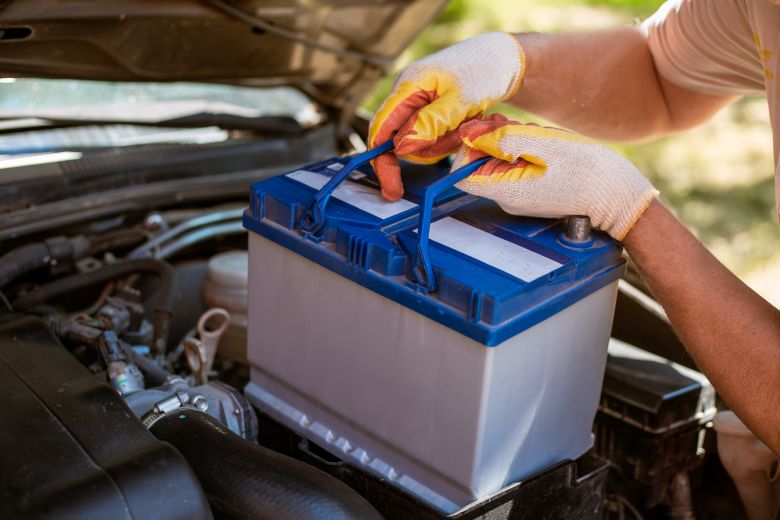
Battery Types
Lead-acid, lithium-ion, and AGM are the different batteries commonly used in vehicles. Each type has specific characteristics that cater to car batteries for various vehicle models. Lead-acid batteries are cost-effective but heavy, suitable for traditional cars. Lithium-ion batteries offer high energy density, ideal for electric cars due to their lightweight nature. AGM batteries provide excellent performance for modern vehicles with advanced gadgets.
Battery Maintenance
Regular maintenance is crucial for extending the battery life of car batteries. Cleaning terminals to remove corrosion helps maintain a strong connection. Checking battery fluid levels ensures proper functioning, preventing issues like slow startups. It's essential to inspect and tighten connections regularly to avoid power loss. Storing batteries properly during off-seasons in a cool, dry place prevents degradation and extends their lifespan.
Battery Lifespan
Temperature fluctuations and usage patterns significantly impact the lifespan of ion batteries. Extreme temperatures can reduce battery efficiency and longevity. Lead-acid batteries typically last around 3-5 years, while lithium-ion batteries can endure 8-10 years. Signs such as slow cranking or dim headlights indicate that a battery might be reaching the end of its lifespan.
Tires
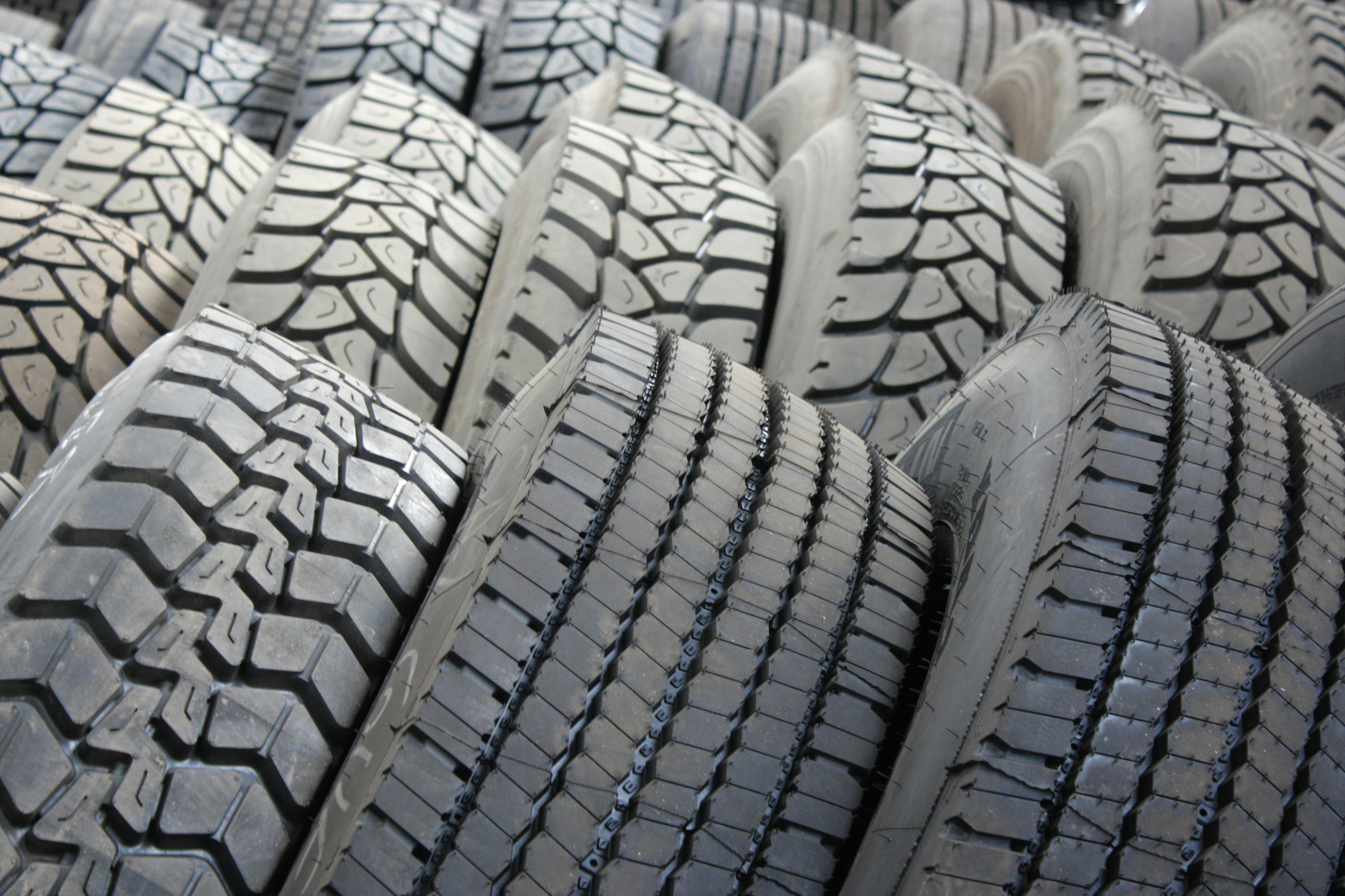
Tire Types
When it comes to tire types, drivers can choose from various options tailored to specific driving conditions. All-season tires are versatile and suitable for most road conditions, offering a balance of performance and longevity. Winter tires are designed with special rubber compounds to provide enhanced traction on snow and ice. Performance tires cater to enthusiasts seeking superior handling and grip for spirited driving experiences.
Selecting the right tire type is crucial for safety and optimal vehicle handling. Different tire types offer varying levels of traction, braking performance, and cornering stability. Choosing the appropriate tire ensures better control in diverse weather conditions, reducing the risk of accidents.
Tire tread patterns play a significant role in determining a vehicle's performance and fuel efficiency. Deep treads are ideal for off-road adventures, providing enhanced grip on rugged terrains. On the other hand, low-profile treads are suitable for highway driving, offering reduced rolling resistance for improved fuel economy.
Tire Maintenance
Routine tire maintenance is essential to prolong their lifespan and ensure safe driving experiences. Regular tire rotation helps distribute wear evenly across all tires, extending their durability. Balancing tires optimizes performance by eliminating vibrations and promoting even tread wear.
Maintaining proper tire pressure is critical for safety and fuel efficiency. Underinflated tires increase the risk of blowouts and reduce gas mileage, while overinflated tires lead to uneven wear patterns. Regular pressure checks prevent these issues, enhancing overall driving safety.
Visual inspections are key to identifying signs of wear or damage early on. Cracks, bulges, or punctures can compromise tire integrity and pose safety hazards. Promptly addressing these issues through professional inspections or replacements ensures continued roadworthiness.
Tire Replacement
Indicators like tread wear reaching the minimum depth or visible sidewall damage signal the need for tire replacement. Ignoring these signs can jeopardize road safety and vehicle performance. Drivers should prioritize timely replacements to maintain optimal traction and handling.
The frequency of tire replacement varies based on individual driving habits and road conditions. High-mileage drivers may need new tires more frequently than occasional drivers. Adhering to manufacturers' recommendations ensures proper tread depth and overall tire health.
Matching new tires with existing ones is crucial for balanced performance and stability on the road. Mismatched tires can affect handling characteristics, traction, and braking efficiency. Ensuring uniformity among all tires promotes safer driving experiences.
Oil Filters
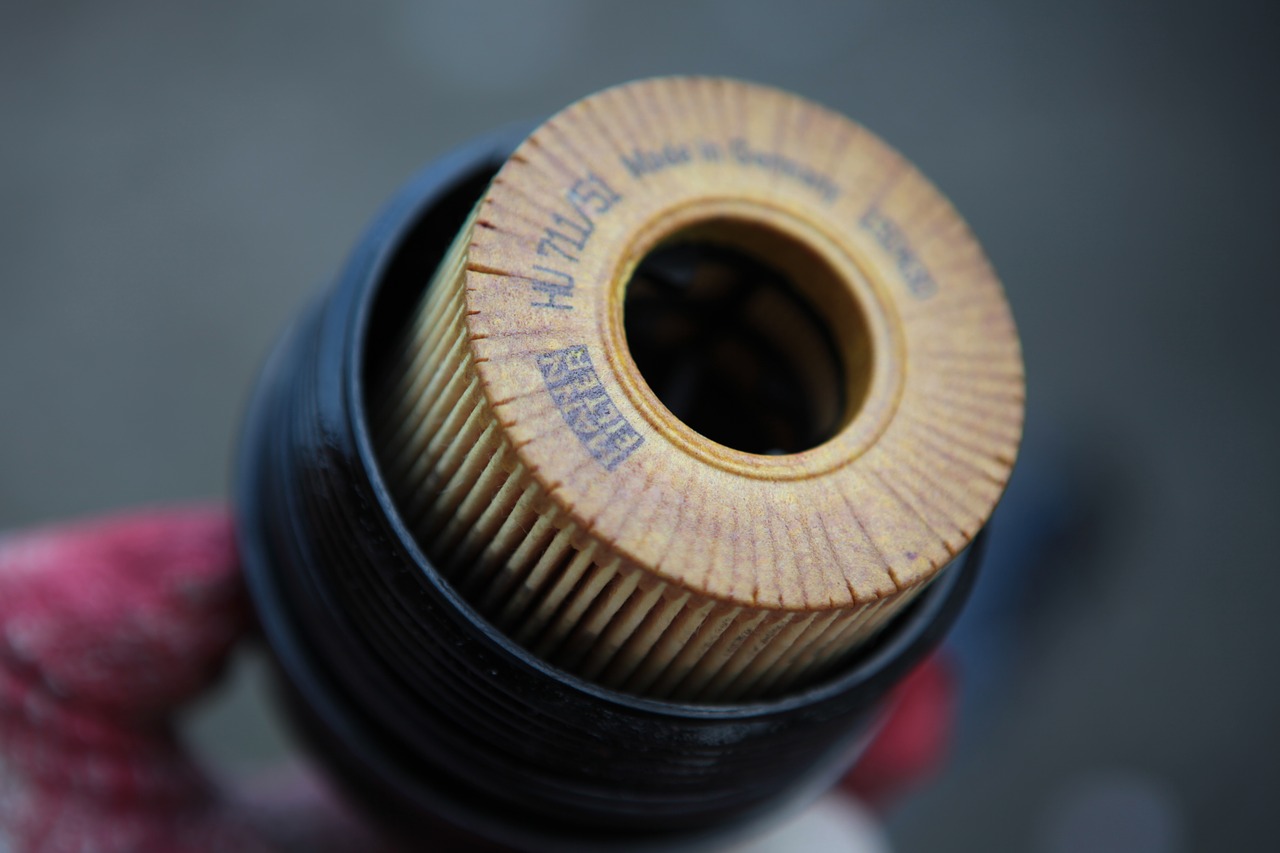
Filter Types
Understanding different filter types in vehicles is crucial for maintenance and optimal performance. Air filters prevent dirt and debris from entering the engine, while oil filters remove contaminants from the oil. Using manufacturer-recommended filters ensures proper filtration and protects the engine.
-
Pros: Enhances engine longevity, improves fuel efficiency.
-
Cons: May be more expensive than generic filters.
Filter Replacement
Timely filter replacement is essential for ensuring the reliability of your vehicle. Over time, filters become clogged with debris, affecting performance. Look out for signs such as reduced engine power or strange noises to know when it's time to replace them.
-
Check your vehicle manual for the recommended replacement intervals.
-
Locate the filter housing under the hood or beneath the vehicle.
-
Remove the old filter carefully to avoid spillage.
-
Install the new filter securely and close the housing properly.
Filter Maintenance
Regular filter checks are necessary to prevent engine issues and maintain optimal performance. Neglecting filter maintenance can lead to decreased efficiency and potential damage to critical engine components. To extend the lifespan of filters:
-
Clean or replace air filters every 12,000 to 15,000 miles.
-
Change oil filters during every oil change for optimal engine protection.
-
Inspect cabin air filters annually or as per manufacturer recommendations.
Spark Plugs

Spark plugs come in various types, such as copper, platinum, and iridium, each serving specific purposes. Copper spark plugs are affordable but require more frequent replacements. On the other hand, platinum and iridium spark plugs offer longevity and enhanced performance. These differences impact engine efficiency and power output significantly.
Selecting the right spark plug is crucial for optimizing engine performance and fuel efficiency. The design of a spark plug directly influences combustion efficiency, affecting overall engine operation. Different engine types require specific spark plug types to function at their best capacity. Understanding these variations is essential for maintaining peak engine performance.
Regular maintenance of spark plugs is essential for ensuring smooth engine operation. Performing routine checks, including visual inspections for wear and deposits, helps identify potential issues early on. Keeping spark plugs clean from carbon buildup and debris is vital for optimal engine performance. Neglecting maintenance can lead to misfires, reduced fuel efficiency, and even engine damage over time.
Maintaining spark plugs at regular intervals prevents issues like rough idling and poor acceleration. Clean spark plugs ensure proper ignition of the air-fuel mixture, promoting efficient combustion. By adhering to a maintenance schedule, drivers can prevent costly repairs and extend the lifespan of their vehicle's engine. Consistent upkeep of spark plugs is key to maximizing fuel economy and overall performance.
Recognizing signs that indicate worn-out spark plugs is crucial for timely replacement. Symptoms like rough idling, decreased fuel efficiency, and difficulty starting the engine signal the need for new spark plugs. Manufacturers recommend replacing spark plugs every 30,000 to 100,000 miles based on vehicle type and driving conditions. This interval ensures optimal engine performance and longevity.
When replacing spark plugs, it's essential to follow safety precautions to prevent engine damage. Properly gapping the new spark plugs and torquing them to the manufacturer's specifications is critical. Mishandling spark plug installation can lead to misfires, engine knocking, or even permanent damage. By following the recommended replacement guidelines, drivers can maintain their vehicle's reliability and performance.
Wipers

When it comes to wiper blade types, drivers can choose from traditional, beam, and hybrid blades. Traditional blades feature a metal frame with multiple pressure points for even contact. Beam blades have a sleek, frameless design ideal for snowy climates. Hybrid blades combine the benefits of both traditional and beam blades.
Selecting the right wiper blade is crucial for optimal performance in various weather conditions. Traditional blades are suitable for standard rain, while beam blades excel in wet conditions. Hybrid blades offer power and durability in extreme weather like heavy rain or snow.
The design of wiper blades directly impacts visibility and driving safety. Traditional blades may leave streaks, affecting visibility, while beam and hybrid blades provide consistent pressure across the windshield for clear vision.
Routine maintenance tasks for wiper blades include regular cleaning to remove dirt and debris that can affect performance. Inspecting the blades for wear and tear ensures they function correctly during rainy or snowy weather.
To extend the lifespan of wiper blades, proper care is essential. Avoid using them on dry glass surfaces to prevent damage. Lifting the wipers away from the windshield during icy conditions prevents them from freezing to the glass.
Replacing worn wiper blades is crucial to maintaining clear visibility while driving in adverse weather conditions. Over time, blades can become brittle or cracked, leading to streaking or skipping during operation.
Signs indicating the need for wiper blade replacement include reduced effectiveness in clearing water or debris from the windshield. Streaking or chattering noises indicate it's time to install new blades for improved performance.
For optimal results, experts recommend replacing wiper blades every six months to a year, depending on usage and climate conditions. In areas with frequent rain or snow, more frequent replacements may be necessary to ensure driver safety.
Properly installing new wiper blades involves removing the old ones by pressing the release tab and sliding them out of the wiper arm. Align the new blade with the arm and slide it into place until it clicks securely.
Headlights

Headlight Types
Halogen, LED, and HID are the primary headlight types used in vehicles. Halogen lights are cost-effective and widely used, while LED lights offer energy efficiency and longevity. HID lights provide brighter illumination but may be pricier.
The choice of headlight type significantly impacts visibility on the road and the overall energy consumption of the vehicle. LED lights, for example, consume less power than halogen or HID lights, making them an eco-friendly option. Drivers must consider these factors when selecting headlights for their vehicles.
Selecting the right headlight type is crucial for safe driving, especially in specific conditions like country roads or during adverse weather. LED lights are ideal for illuminating dark roads efficiently, while HID lights offer intense brightness. Understanding the benefits of each type helps drivers make informed decisions.
Headlight Maintenance
Regular maintenance for headlights is essential to ensure optimal performance. Cleaning headlights regularly prevents dirt buildup that can affect visibility. Aligning headlights correctly improves their effectiveness in lighting the road ahead.
Foggy or dirty headlights can significantly impact visibility, compromising safety on the road. Timely maintenance practices such as cleaning and alignment checks help prevent such issues. Proper maintenance not only enhances visibility but also prolongs the lifespan of headlights.
Headlight Replacement
Dimming or flickering lights indicate the need for headlight replacement. Depending on usage and type, headlights should be replaced at recommended intervals to maintain optimal brightness. Failure to replace dimming lights promptly can lead to reduced visibility on the road.
When replacing headlights, safety precautions must be followed to avoid electrical problems. It is essential to consult the vehicle's manual for specific instructions on replacing headlights. Following proper guidelines ensures a smooth replacement process without causing any damage to the vehicle.
Air Filters
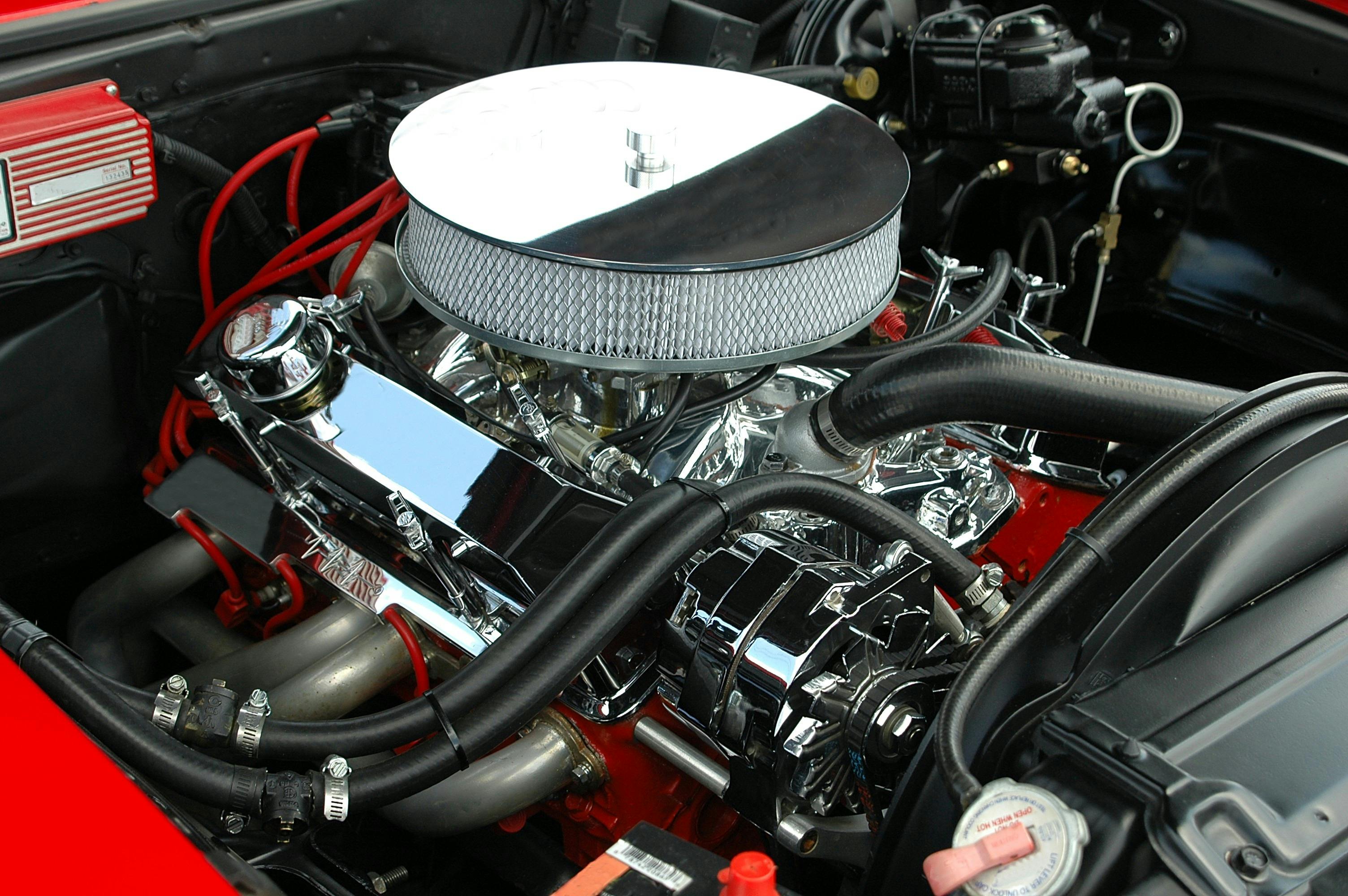
Filter Types
Air filters are essential components in a car's engine system, responsible for filtering out dirt, dust, and other contaminants to ensure clean air intake. There are primarily two types of air filters commonly used in vehicles: panel filters and cone filters.
-
Panel Filters: These are flat and rectangular in shape, typically made of paper or foam. They are cost-effective and easy to replace, making them a popular choice among car owners.
-
Cone Filters: Shaped like a cone, these filters offer better airflow compared to panel filters. They are often used in high-performance vehicles to improve engine efficiency.
Filter Maintenance
Regular maintenance of air filters is crucial to ensure optimal engine performance. Cleaning or replacing the air filter at recommended intervals helps prevent clogging and maintains proper airflow. Neglecting filter maintenance can lead to decreased fuel efficiency and engine damage.
-
Cleaning: Some air filters are reusable and can be cleaned with compressed air or a vacuum. This process helps remove accumulated dirt and debris, extending the filter's lifespan.
-
Replacement: Disposable air filters should be replaced according to the manufacturer's guidelines. This ensures efficient filtration and prevents harmful particles from entering the engine.
Filter Replacement
When it comes to replacing an air filter, car owners can either opt for OEM (Original Equipment Manufacturer) filters or aftermarket filters. Both options have their advantages and considerations:
-
OEM Filters:
-
Pros:
-
Designed specifically for the vehicle model, ensuring a perfect fit.
-
Meet manufacturer specifications for filtration efficiency.
-
Cons:
-
Generally more expensive than aftermarket filters.
-
Limited options for customization.
-
-
Aftermarket Filters:
-
Pros:
-
Offer a wider range of choices in terms of brands and materials.
-
Can sometimes provide better airflow and performance enhancements.
-
Cons:
-
Quality may vary depending on the brand.
-
Compatibility issues may arise with certain vehicle models.
-
Radiators
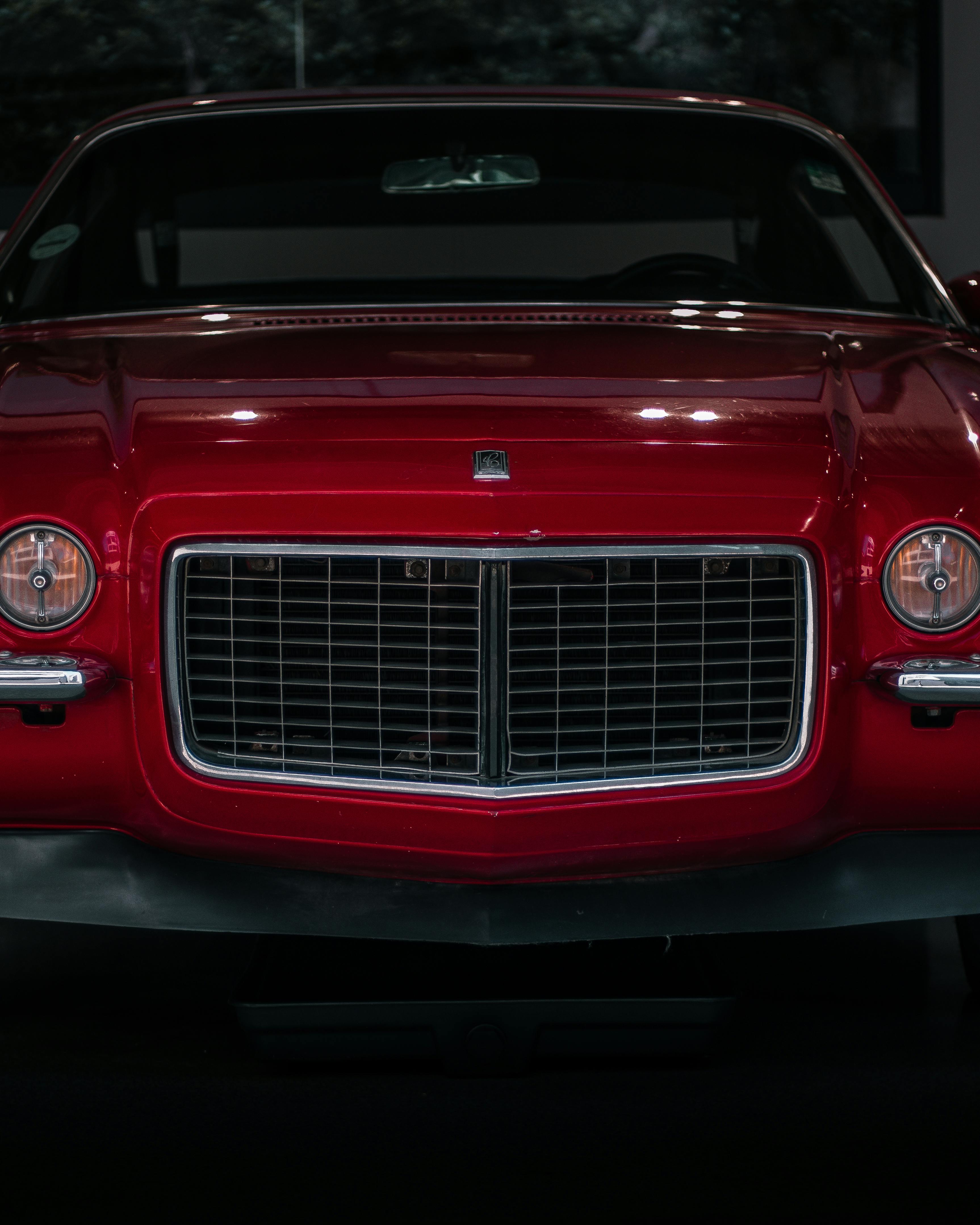
Radiator Types
Car radiators come in various types, such as copper-brass and aluminum, each with unique applications. The copper-brass radiators are durable and commonly used in older vehicles, while aluminum radiators are lightweight and more efficient in dissipating heat. The radiator design plays a crucial role in the cooling efficiency of the engine. Selecting the right radiator based on vehicle needs is essential for optimal performance.
Radiator Maintenance
Routine maintenance tasks for radiators include flushing to remove debris and checking coolant levels to ensure proper functioning. Inspecting radiators for leaks or corrosion is vital to prevent overheating issues. Regular maintenance not only ensures efficient cooling but also extends the lifespan of the radiator, enhancing overall engine performance.
Radiator Replacement
Signs indicating a radiator needs replacement include leaks, overheating, or visible damage. The recommended intervals for radiator replacement depend on factors like vehicle usage and maintenance. When replacing a radiator, it is crucial to follow safety measures to avoid causing damage to other components of the car.
Alternators

Alternator Types
Alternators come in various types, including those with internal and external regulators. Internal regulators are integrated into the alternator itself, while external regulators are separate components. These regulators control the output voltage to ensure proper charging of the battery. The design of an alternator significantly impacts charging efficiency and overall vehicle performance. Choosing the right alternator for a specific vehicle model is crucial to maintain optimal electrical functions.
Alternator Maintenance
Routine maintenance practices for alternators are essential to prevent potential issues. Regularly checking connections and belts ensures that the alternator operates smoothly and efficiently. Neglecting alternator maintenance can result in battery problems and electrical failures, disrupting the vehicle's functionality. Timely inspections play a vital role in identifying any issues early on, guaranteeing reliable vehicle operation.
Alternator Replacement
Dimming lights or illuminated battery warning lights are common indicators that an alternator requires replacement. The frequency of alternator replacement varies depending on the vehicle type and usage patterns. Following manufacturer recommendations regarding replacement intervals is crucial to avoid unexpected breakdowns due to electrical malfunctions. When replacing an alternator, it is essential to adhere to safety protocols to prevent potential electrical hazards.
Closing Thoughts
In today's fast-paced world, staying ahead of the game is crucial. By understanding the top 10 in-demand car parts, you can ensure your vehicle runs smoothly and efficiently. From brakes to alternators, each component plays a vital role in keeping your car in top condition. Regular maintenance and timely replacements can save you time, money, and potential headaches down the road. Make sure to prioritize these essential parts to avoid any unexpected breakdowns and maintain your vehicle's performance.
Take charge of your car's maintenance by staying informed about the crucial components it relies on. By being proactive and knowledgeable about these top 10 car parts, you can extend the lifespan of your vehicle and enjoy a safe and smooth driving experience. Remember, a well-maintained car not only saves you money but also ensures your safety on the road.
Frequently Asked Questions
What are the top 10 in-demand car parts?
The top 10 in-demand car parts are Brakes, Batteries, Tires, Oil Filters, Spark Plugs, Wipers, Headlights, Air Filters, Radiators, and Alternators. These parts are essential for maintaining a vehicle's performance and safety.
How often should I replace my car's air filter?
It is recommended to replace your car's air filter every 12,000 to 15,000 miles or as advised in your vehicle's manual. A clean air filter ensures optimal engine performance, fuel efficiency, and prolongs the life of your engine.
Why are spark plugs important for my vehicle?
Spark plugs play a crucial role in igniting the air-fuel mixture in the engine cylinders. Worn-out spark plugs can lead to poor fuel economy, misfires, and engine performance issues. Regularly replacing spark plugs improves combustion efficiency and overall engine performance.
How can I tell if my car battery needs to be replaced?
Signs that indicate your car battery needs replacement include slow engine crank, dimming headlights, dashboard warning lights, and age exceeding three to five years. Regular battery checks and maintenance help prevent unexpected breakdowns and ensure reliable starting power.
What are the benefits of using high-quality brake components?
High-quality brake components provide superior stopping power, improved safety on the road, reduced braking distance, enhanced durability, and minimized brake fade. Investing in quality brakes and regular maintenance ensure optimal performance and peace of mind while driving.
Not finding what you were looking for?
Western Auto and Truck Parts is here to assist. Well-known for our extensive selection of used engines, differentials, and auto body parts at competitive prices, we also specialize in providing high-quality used automotive glass and more. Whether you're searching for a rare component or need advice on the best options for your vehicle, our knowledgeable staff is dedicated to helping you find the perfect solution. Don't hesitate to reach out or visit us for personalized assistance and explore our comprehensive inventory for all your automotive needs.
HERE ARE WESTERN AUTO AND TRUCK PARTS’ TOP RESOURCES ON BUYING AUTO PARTS:
Auto Recycling on Wikipedia
Automotive Recyclers of Canada
Alberta Automotive Recyclers and Dismantlers Association
SEARCH
Looking for our Edmonton location? Click Here
